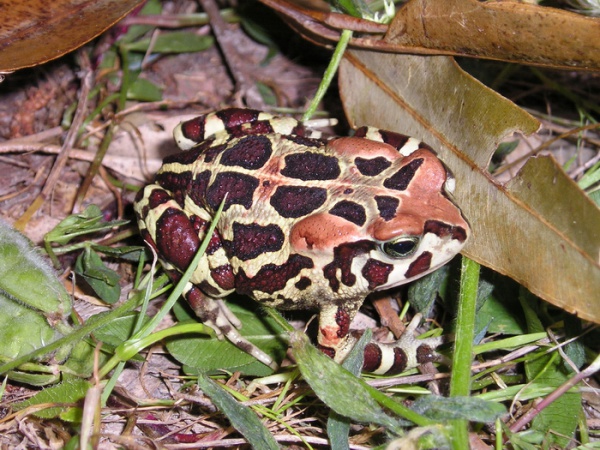Facts About Western leopard toad
The western leopard toad, a charismatic member of the Bufonidae family, calls the Western Cape of South Africa its home. You can find these toads in areas such as the Cape Peninsula, Cape Flats, and Agulhas Plains, where they thrive amidst various vegetation types, including Cape Flats Sand Plain Fynbos and Cape Flats Dune Strandveld. Despite many of their natural feeding grounds being replaced by housing developments, these resilient toads have adapted and now frequently appear in suburban gardens.
Unfortunately, the western leopard toad faces significant threats. Urban development leads to habitat loss, and obstacles like walls, electric fences, canals, and roads complicate their lives. Additionally, introduced species such as ducks, fish, and algae disrupt their breeding habitats, making it challenging for these toads to thrive. As Cape Town continues to expand, the challenge is to find a way for humans and urban wildlife, including the western leopard toad, to coexist peacefully.
To help these toads, a group of dedicated volunteers steps in during their breeding season, which spans from late July to early September. During this period, toads are particularly vulnerable as they cross roads to reach their breeding sites. Volunteers assist by safely moving the toads across roads, collecting valuable data, and raising awareness among drivers. To further aid these efforts, road signs have been installed at ten key crossings to alert motorists and encourage them to slow down, especially at night.
These combined community efforts aim to protect and conserve the western leopard toad population despite the ongoing challenges posed by urbanization and other threats.

 Lesotho
Lesotho